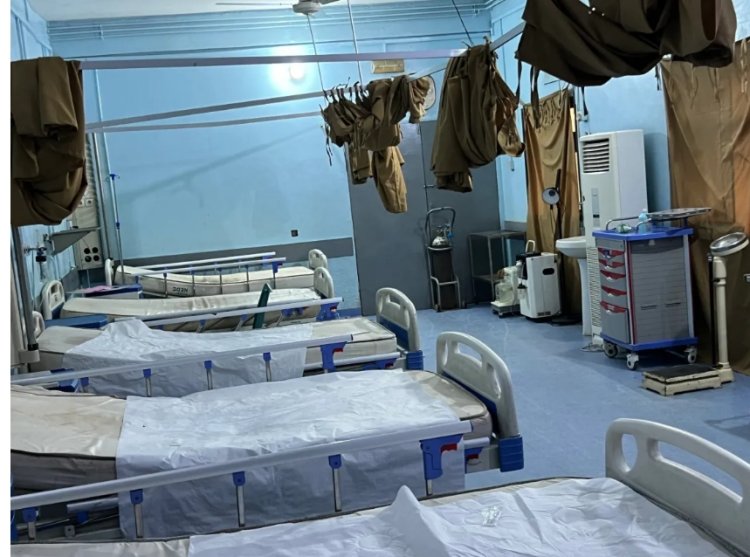University of Maiduguri Teaching Hospital Resumes Basic Services After Devastating Flooding
The University of Maiduguri Teaching Hospital (UMTH) is set to resume basic services after a two-week shutdown caused by severe flooding in Borno State. The hospital suffered extensive damage due to the collapse of Alau Dam, with many areas and medical equipment affected.

The University of Maiduguri Teaching Hospital (UMTH) is set to reopen for basic services on Monday, following two weeks of closure due to severe flooding in Borno State. The hospital, which serves as a critical medical hub in the region, suffered extensive water damage caused by the collapse of Alau Dam, Maiduguri's main water source.
Professor Ahmad Ahidjo, Chief Medical Director of UMTH, confirmed that basic services, including the Accident and Emergency Unit, Trauma Centre, and clinics, will resume. The hospital has been fumigated, and efforts are ongoing to assess the damage to medical equipment.
"We have cleaned up the water and will resume skeletal services," Professor Ahidjo said. However, the extent of damage to key medical equipment, including at the Radiotherapy Department, remains unclear. Expensive machinery such as Elekta Linear Accelerators and Brachytherapy machines were submerged during the floods.
The flood, which has affected over one million people across Nigeria, killed more than 30 people in Maiduguri and displaced 400,000 residents. The damage to the hospital has exacerbated the existing humanitarian crisis in the region.
Borno State Governor Babagana Zulum described the situation as "beyond human imagination" and pledged state government support to the hospital. The National Emergency Operations Centre has also highlighted the growing concerns of cholera and malnutrition in the region due to the floods.
The House of Representatives Committee on Health Institutions, chaired by Amos Magaji, has promised to push for urgent intervention to restore the hospital’s operations to full capacity.
As UMTH resumes basic services, full restoration of its laboratories, diagnostic centers, and cancer treatment facilities depends on the hospital’s ability to repair and replace damaged equipment.

 Chris Oyeoku Okafor
Chris Oyeoku Okafor 



